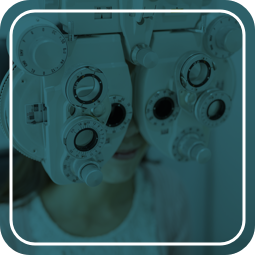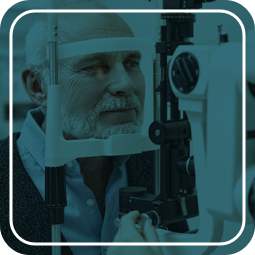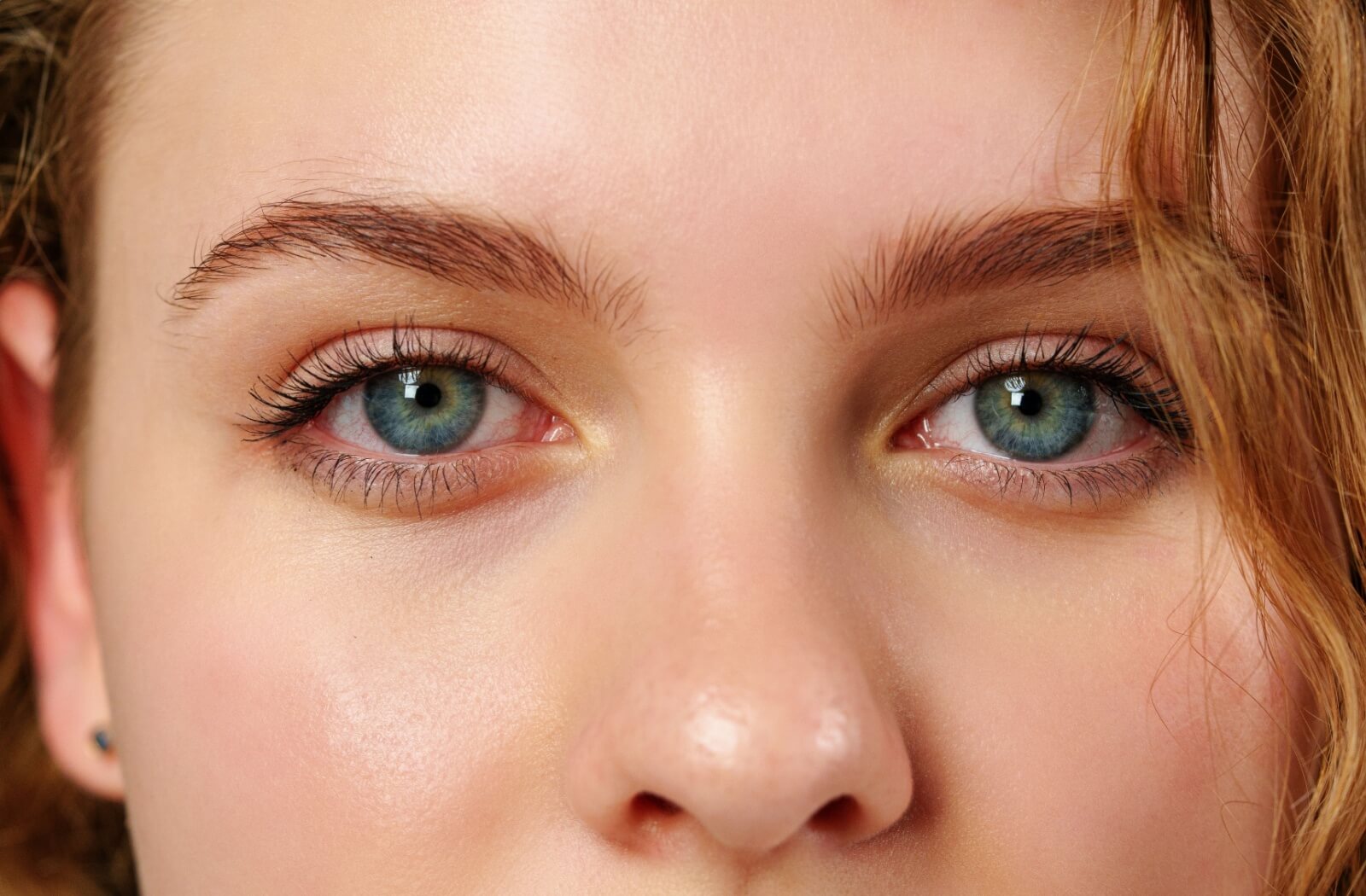A comprehensive eye exam is more than just a chance for your optometrist to ensure you have an up-to-date prescription for crisp, clear vision—although they do this too. An eye exam is also a great chance for your eye doctor to detect various eye diseases and conditions in their early stages.
Cataracts, diabetic retinopathy, glaucoma, and cancer are just a few diseases or conditions that an eye doctor can detect during an eye exam. Some diseases, such as glaucoma or cancers that affect the eyes, can have very few symptoms early on, making regular eye exams critical for their detection.
The Canadian Association of Optometrists recommends that everyone receive a comprehensive eye examination every 1 to 2 years, depending on age and eye health. Because some health conditions and other factors can affect your eye health, speaking with your eye doctor is essential for determining how often you should get a comprehensive eye exam.
Why Are Eye Exams Important?
When we get a bad cough or a persistent ache, we go to our family doctor for treatment. Likewise, we visit our family eye doctor for our eye health. But it’s not enough to wait until you notice an issue with your eyes because some conditions can develop without noticeable early symptoms.
For example, age-related macular degeneration (AMD) often begins with little to no symptoms—and there is no cure for it—so it’s important to detect and treat the condition early to slow its progression. That early treatment typically starts with a comprehensive eye exam.
Other than diagnosing eye diseases and conditions, eye exams are also an integral part of having crisp, clear vision with up-to-date prescriptions for those with vision problems caused by refractive errors like myopia and presbyopia.
Diseases an Eye Exam Can Detect
What happens during your eye exam can vary based on your age and eye health. Children can have differing eye disease risks than adults and seniors, and individual eye health can vary from person to person, so your optometrist may offer a more personalized experience based on your needs.
For example, someone with diabetes could have risk factors for conditions like retinal detachment or diabetic retinopathy, so there is a diabetes-specific eye exam that many eye doctors can perform.
Some of the diseases or conditions your optometrist can detect include:
Cataracts
Cataracts are often an age-related condition that develops as the eye’s lens hardens and grows cloudy over time. This can cause blurry vision, light sensitivity, and trouble seeing at night or in low-light settings. Brighter lights and glasses can sometimes help offset vision changes caused by cataracts, but once cataracts interfere with a person’s daily life, cataract surgery is often recommended.
Age-Related Macular Degeneration (AMD)
AMD affects over 2.5 million Canadians and it’s the leading cause of vision loss in adults over 55. There are 2 forms of AMD—wet and dry. There is no cure for either type, and the type a person develops typically directs their treatment.
Dry AMD is the more common type of AMD and typically develops slowly over a long period with little to no symptoms. So, eye exams are an important part of early diagnosis.
Glaucoma
There are several types of glaucoma, and many of them involve abnormal eye pressure that causes damage to the eye’s optic nerve.
Open-angle glaucoma is the most common form, affecting more than 250,000 Canadians. It can develop for years without symptoms. Once an individual begins experiencing symptoms and vision loss, that vision cannot be recovered, so early detection and treatment are critical for slowing and preventing its progression.
Retinal Detachment
The retina is a light-sensitive piece of tissue at the back of the eye that’s responsible for transmitting light from the eye to the brain. There isn’t a single cause for retinal detachment, but conditions like diabetes or an injury could put someone at an increased risk.
Those affected by retinal detachment may be referred to an ophthalmologist (eye surgeon) for surgery to prevent further vision loss and preserve their eye health.
Diabetic Retinopathy
Just like AMD, diabetic retinopathy can develop with little to no symptoms, and it can also cause blindness. If you or someone you know is affected by diabetes, we can perform a diabetic eye exam to detect conditions like diabetic retinopathy.
A significant focus of a diabetic eye exam is the observation of the blood vessels within and behind the eye. Additionally, pupil dilation may be a part of a diabetic eye exam because it can help provide a clear view of the eye.
Hypertensive Retinopathy
High blood pressure is very common in North America and this condition can be sight threatening. The blood vessels in our eyes can give us insight into how our blood pressure is doing. Prolonged elevated blood pressure can lead to changes in our retinal blood vessels that can allow us to warn you and/or your family physician.
High blood pressure can cause damage to the retina, and other damages to your blood vessels. This condition is known as Hypertensive Retinopathy, and your optometrist can detect this condition with regular dilated eye exams.
Hyperlipidemia (Elevated cholesterol levels)
Another very common condition that is not only sight-threatening but can lead to devastating strokes, is Hyperlipidemia. Retinal clots or strokes within the eye can occur with minimal symptoms. Blocked blood vessels create different kinds of hemorrhages that can be picked up with a dilated eye exam and provide an early warning for what’s to come. Immediate action is key to preventing vision loss and potentially more threatening strokes elsewhere in the body.
Cancer
An optometrist can detect some cancers during an eye exam. Melanoma can develop in different parts of the eye. In addition to detecting cancer in the eye itself, an eye doctor can also help detect skin cancer in the surrounding area, such as the eyelids.
Book Your Next Exam With Your Eye Doctor
There isn’t a one-size-fits-all answer for eye care. That’s why we’re committed to offering each patient a personalized experience.
You can always schedule an appointment at Downtown Eye Care & The Contact Lens Department, whether you’re due for your regular comprehensive eye exam or you’ve been having some troubling symptoms. Our professional team can answer your questions and provide support for managing the conditions that may be affecting your eyes.















